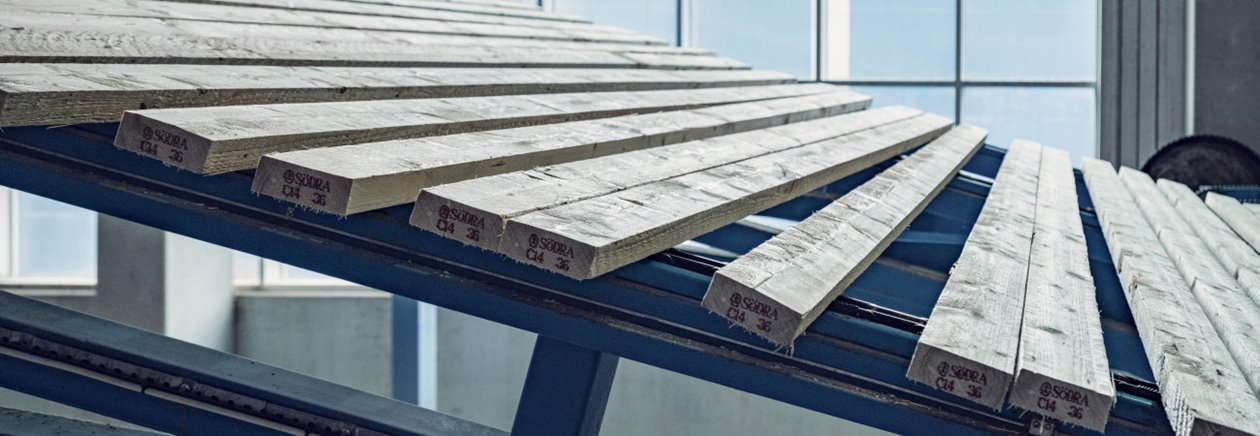European Market: A view from Sweden

The European market is navigating a complex landscape. While there are positive developments in certain countries, overall market conditions remain in the balance thanks to demand which has, so far, failed to fulfil its promise. This overall situation is driven largely by uncertainty, and supply-side challenges.
Starting in Södra’s domestic market, Swedish sawmills are facing a margin squeeze situation where the prices paid for logs are at a high level, but the prices for sawn products are not increasing in the same pace. This has impacted profitability, especially in South Sweden, where log prices have increased significantly. The gradual rise in log prices has now started to stimulate more harvesting, however, allowing Södra’s production to return to full capacity in the second quarter. Meanwhile, a temporary Swedish national subsidy for renovation work is expected to boost demand for timber.
Also positive from the demand perspective is that the UK market has shown good performance in the first quarter, with satisfactory volumes. However, there is still a price gap compared to other European markets. The Dutch market has also seen strong demand in first quarter, indicating positive growth. Poland is also emerging as an important market for Södra Wood, contributing to the overall positive outlook for demand.
Falling short of potential
In Europe generally, the construction market continues to fall short of its potential. The need for new homes throughout the region is not generating a corresponding increase in building activity. This is thanks to a combination of stubbornly high interest rates and uncertainty fuelled by conflict and wider geopolitical instability.
For this reason, an overall increase in the use of timber in house building has yet to impact demand, inspite of that wood as construction material is taking market share. However the timber market is poised to benefit from any uptick in house building, because the benefits of building in wood are now widely acknowledged. A lack of skills and labour in construction is a further incentive to build in wood, which is quicker than traditional methods and easier to automate in off-site factories.
Increased demand from outside Europe
Wood products from Europe are attracting steady interest from external markets. One example is the MENA region that today is taking 20% of the swedish export of sawn timber. In addition, with a tariff exemption for at least the next few months, the USA, with its mild surge in house building and lack of domestic supply, is a fertile market for European timber, although uncertainty around interest rates and the economy are a shadow hanging over this recovery. The contraction in demand from China is of marginal relevance to European suppliers because this is a relatively small market for European wood. As an example the swedish export to China of sawn timber is only 3% of the total export.
Current market conditions, with signs of demand recovery but inventories stuck at low levels, serve to emphasise the importance of long-term partnership and early communication of anticipated wood requirements.
Show all content for topic
Subjects:
